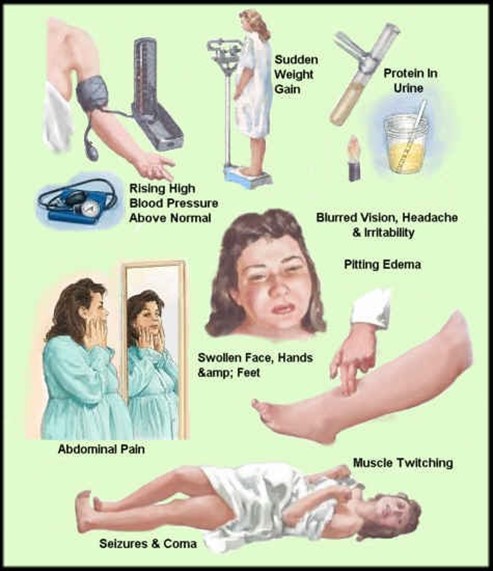A nurse is verifying a record of informed consent for a client who is scheduled for surgery. Which of the following actions should the nurse take?
Explain the procedure to the client before verifying informed consent.
Confirm the client's signature is authentic.
Provide information on the informed consent form about the benefits of the surgery.
Inform the client about the condition that requires treatment.
The Correct Answer is B
Choice A reason:
Explaining the procedure to the client before verifying informed consent is not an appropriate action: While it is essential to explain the procedure to the client and ensure they have a clear understanding of what they are consenting to, this step typically occurs before the informed consent form is presented. The purpose of the informed consent form is to document that the client has received adequate information and has given their consent voluntarily
Choice B reason:
Confirming the client's signature is authentic is the correct action. Verifying the record of informed consent for a client scheduled for surgery involves several important steps. Of these, the nurse's primary responsibility is to ensure that the client's signature on the informed consent form is authentic. This means ensuring that the client themselves or their authorized representative has signed the form willingly and without coercion.
Choice C reason:
Providing information on the informed consent form about the benefits of the surgery is not an appropriate action: The informed consent form typically contains information about the procedure, its risks, possible complications, and alternatives, but it is not the nurse's responsibility to provide this information. The healthcare provider or surgeon is responsible for explaining the details of the surgery to the client before obtaining their consent.
Choice D reason:
Informing the client about the condition that requires treatment is not an appropriate action: The responsibility of informing the client about their medical condition, the need for treatment, and the available options lies with the healthcare provider or surgeon, not the nurse. The nurse may assist in providing information or answering questions, but the primary responsibility for discussing the medical condition lies with the provider.
Nursing Test Bank
Naxlex Comprehensive Predictor Exams
Related Questions
Correct Answer is A
Explanation
Answer and explanation.
The correct answer is choice A. A nontender, protruding abdomen is a normal finding for a 2year-old toddler. This is due to the immature development of the abdominal muscles and the relatively large size of the liver and kidneys in relation to the rest of the body.
Choice B is wrong because the head circumference should be equal to or less than the chest circumference by age 2. A head circumference that exceeds the chest circumference could indicate hydrocephalus or other neurological problems.
Choice C is wrong because the fontanels, or soft spots on the skull, should be closed by age 18 months. Palpable fontanels could indicate dehydration, malnutrition, or congenital disorders.
Choice D is wrong because the natural loss of deciduous teeth, or baby teeth, usually begins around age 6. Premature loss of teeth could indicate dental caries, trauma, or endocrine disorders.
Correct Answer is C
Explanation
This is a sign of preeclampsia, a serious complication of pregnancy that can cause high blood pressure, proteinuria, and seizures.

Preeclampsia can affect the placenta, the kidneys, the liver, and the brain of the mother and the fetus. It requires immediate medical attention and may lead to early delivery.
Choice A, bleeding gums, is wrong because it is a common occurrence during pregnancy due to hormonal changes that increase blood flow to the gums. It is not a cause for concern unless it is excessive or accompanied by other symptoms.
Choice B, urinary frequency, is wrong because it is also a normal finding during pregnancy due to the growing uterus putting pressure on the bladder. It is not a sign of infection or kidney problems unless it is associated with pain, burning, or blood in the urine.
Choice D, faintness upon rising, is wrong because it is usually caused by orthostatic hypotension, a drop in blood pressure when changing positions.
This can happen during pregnancy due to the dilation of blood vessels and the increased blood volume. It can be prevented by rising slowly, drinking enough fluids, and avoiding prolonged standing.
Whether you are a student looking to ace your exams or a practicing nurse seeking to enhance your expertise , our nursing education contents will empower you with the confidence and competence to make a difference in the lives of patients and become a respected leader in the healthcare field.
Visit Naxlex, invest in your future and unlock endless possibilities with our unparalleled nursing education contents today
Report Wrong Answer on the Current Question
Do you disagree with the answer? If yes, what is your expected answer? Explain.
Kindly be descriptive with the issue you are facing.
